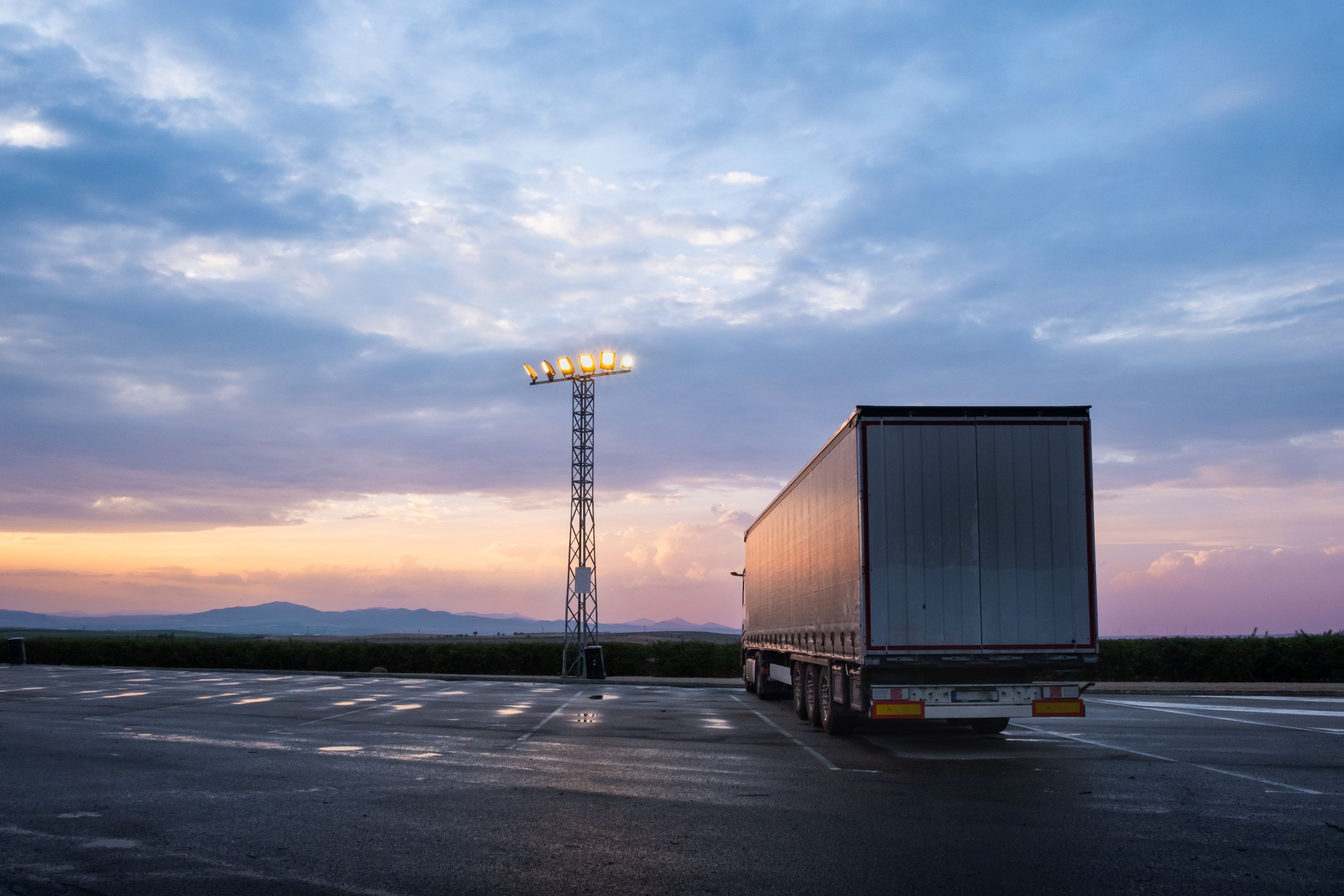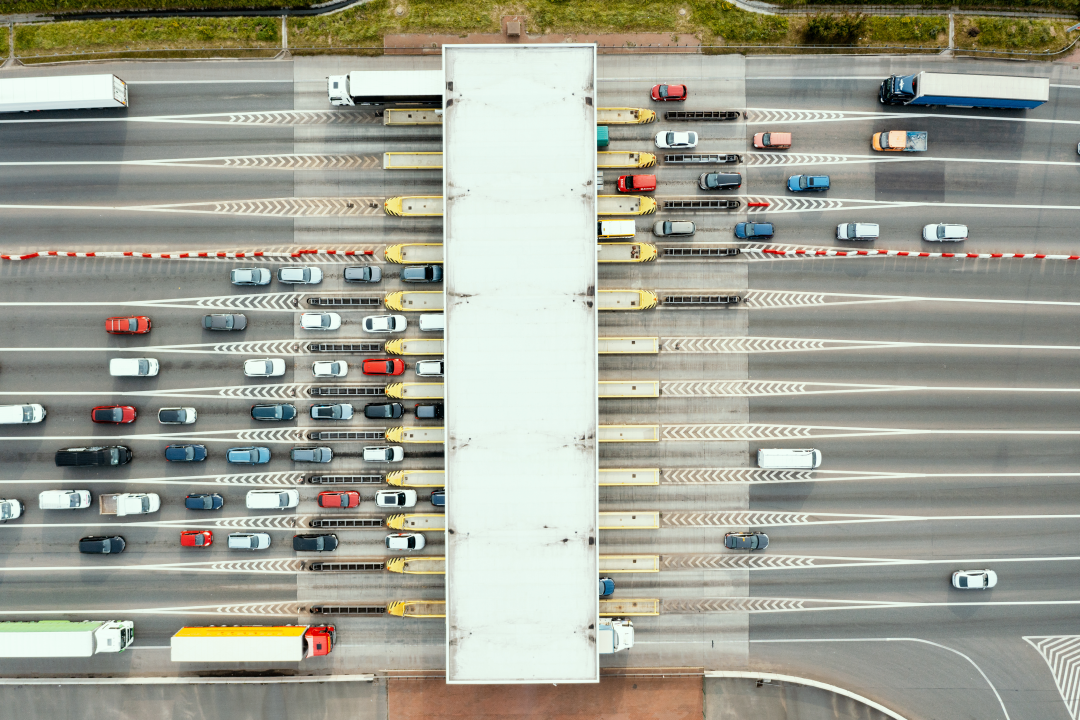
Guest
Влияние отключения электроэнергии на Пиренейском полуострове в 2025 году на автоперевозки
Создано: 04.06.2025
•
Обновлено: 04.06.2025
28 апреля 2025 года на Пиренейском полуострове произошло масштабное отключение электроэнергии, в результате которого миллионы домов, предприятий и государственных служб в Испании и Португалии остались без электричества. Отключение электроэнергии в Испании и Португалии, начавшееся в 12:33 по местному времени, затронуло крупные города, включая Мадрид, Барселону, Лиссабон и Порту, а также значительную часть прилегающих регионов. В некоторых районах электричество вернулось в течение четырех-шести часов, в других перебои продолжались до следующего утра.
Хотя точная причина аварии еще расследуется, первые сообщения говорят о том, что сбой в трансграничной сети электропередач нарушил подачу электроэнергии в обе национальные сети. Последствия были быстрыми и масштабными: прекратилось движение поездов, сели на мель самолеты, пострадали больницы и государственные службы, была парализована цифровая инфраструктура. Для сектора транспорта и логистики проблема возникла сразу же, затронув все аспекты дорожной деятельности - от грузоперевозок и поставок топлива до управления движением и обеспечения безопасности водителей.
"Когда отключается электричество, многие системы, на которые мы полагаемся для обеспечения безопасности на дорогах, - от светофоров и знаков до средств связи, - говорит Ракель Мартинес, менеджер по продажам SNAP в Европе. "Как для водителей, так и для операторов автопарков отключение электричества в 2025 году показало, как быстро обычные поездки могут стать опасными и как важно знать, где водители могут остановиться, чтобы обеспечить безопасность себе и своему грузу".
Задержки грузоперевозок
Для транспортных компаний первой и самой насущной проблемой стала приостановка движения грузов. На всем Пиренейском полуострове работа складов, центров обработки заказов и кросс-докинговых узлов замедлилась или полностью прекратилась. Пострадали и международные перевозки: грузовики задерживались на границах, пока власти работали над восстановлением элементарного контроля за движением и обеспечением безопасности дорожного движения.
Когда железнодорожные перевозки зашли в тупик, некоторые операторы попытались перенести грузы на автомобильную сеть, но это принесло свои проблемы. Перегруженные маршруты, неработающие системы движения и нестабильный доступ к топливу привели к тому, что автомобильный транспорт не смог удовлетворить спрос. Потребовалось несколько дней, чтобы ликвидировать отставание и восстановить надежность цепочки поставок.

Плата за проезд, пробки и технологические сбои
Перебои с электричеством в Пиренеях также показали, насколько современная инфраструктура зависит от цифровых систем. В крупных городах отключились светофоры, что вызвало заторы и повысило риск аварий. Электронные табло, датчики на автомагистралях и интеллектуальные системы маршрутизации вышли из строя, лишив водителей возможности получать указания и обновления в режиме реального времени.
Аналогичным образом пострадали и пункты взимания платы за проезд. Поскольку автоматические шлагбаумы и электронные системы оплаты не работали, в некоторых районах сотрудникам приходилось поднимать ворота вручную или собирать наличные. Это привело к задержкам на основных маршрутах, потерям доходов операторов платных дорог и опасениям по поводу целостности системы после восстановления питания.
Нехватка топлива
Одним из самых ярких признаков зависимости сектора от электричества стали топливные насосы. Из-за перебоев в подаче электроэнергии автозаправочные станции по всей Испании и Португалии были вынуждены закрыться. Насосы и платежные системы перестали работать, и лишь небольшое количество автозаправочных станций с аварийными генераторами могли обслуживать клиентов. Они были быстро переполнены, что привело к длинным очередям и, во многих случаях, к тому, что водители остались без топлива.
Перебои также распространялись и на верхний бьеф: портовые сооружения и сети распределения топлива не могли работать в нормальном режиме, что задерживало доставку топлива в внутренние районы страны и еще больше усугубляло проблемы с поставками.
Электромобили и зарядная инфраструктура
Для операторов электромобилей перебои в работе представляли особую проблему. По всей Испании и Португалии не работали зарядки для электромобилей, что делало их непригодными для использования, если они не имели достаточного заряда для завершения маршрута. Из-за отсутствия доступа к подзарядке некоторые поставки были приостановлены, а электромобили временно сняты с дорог.
Для логистических компаний, рассматривающих возможность перехода на электромобили, отключение электроэнергии в Иберии подчеркнуло важность планирования на случай непредвиденных обстоятельств и создания резервной инфраструктуры для поддержания работы во время сбоев в сети.

Благополучие водителей
Пожалуй, самые насущные проблемы касались благополучия водителей. Зоны отдыха и станции техобслуживания погрузились во тьму - во многих из них не было освещения, отопления, горячей пищи или функционирующих туалетов. Некоторые водители остались без безопасного места для отдыха во время вынужденных задержек.
Еще одной серьезной проблемой стала связь. Из-за сбоев в работе мобильных сетей водители не могли связаться со складами, запросить поддержку или получить информацию о дорожной обстановке. Для многих единственным надежным источником информации стало местное радио. Эта ситуация стала ярким напоминанием о том, насколько уязвимой может быть отрасль в случае сбоя критической инфраструктуры.
Уроки на будущее
Хотя отключение электроэнергии в Испании и Португалии в большинстве мест продолжалось менее 24 часов, перебои в работе автомобильного транспорта и грузоперевозок были значительными. Последствия отключения электроэнергии для логистики охватывают все сферы: от поставок топлива и устойчивости инфраструктуры до готовности к чрезвычайным ситуациям и благополучия водителей. Однако это также послужило толчком к возобновлению дискуссии о том, как операторы автопарков могут повысить непрерывность бизнеса и защитить своих сотрудников в случае возникновения подобных ситуаций.
Важным первым шагом является разработка и проверка надежного плана обеспечения бесперебойной работы. Он должен охватывать протоколы связи, доступ к топливу, альтернативные маршруты и развертывание транспортных средств. По возможности следует заранее определить альтернативные графики и партнеров по доставке, особенно если речь идет о срочных или критически важных грузах.
В подобных ситуациях крайне важна поддержка благополучия водителя. Аварийные наборы, содержащие закуски, воду, фонарики, пауэрбанки и светоотражающую одежду, могут придать уверенности и оказать практическую помощь.
"Операторы могут также пересмотреть условия на автобазах, чтобы убедиться, что у водителей есть безопасные места для отдыха, особенно во время длительных задержек", - говорит Ракель. Зная, что в регионе существует сеть стоянок для грузовиков, например, наша партнерская сеть, можно быть уверенным, что есть где остановиться до возвращения электричества".
"Блэкауты такого масштаба могут быть редкими, но риск реален. Операторы должны подумать о том, как повысить устойчивость и адаптироваться к ситуации, чтобы продолжать движение - от обеспечения доступа к топливу до переоценки планирования маршрутов и организации отдыха во время чрезвычайных ситуаций".
SNAP Mobility Services в Испании
Мы располагаем обширной сетью автостоянок и сервисных центров по всей Испании и Европе. Посетите нашу интерактивную карту, чтобы увидеть, где вы можете найти наших партнеров сегодня



